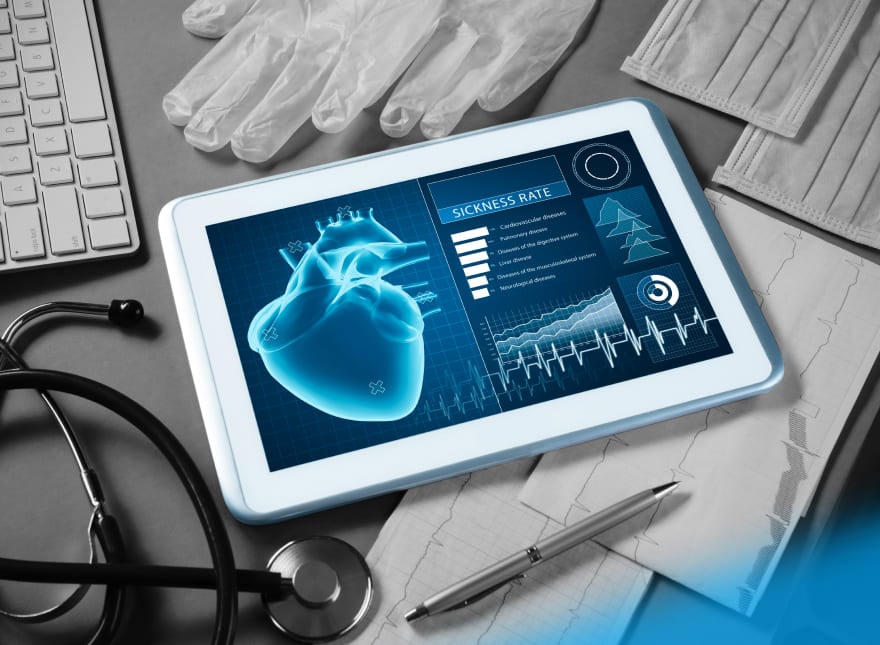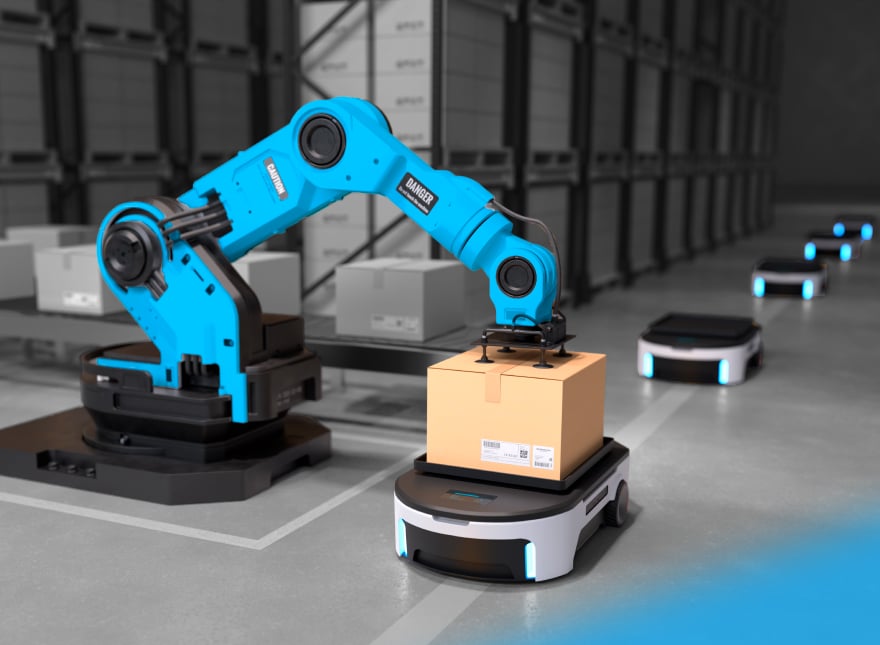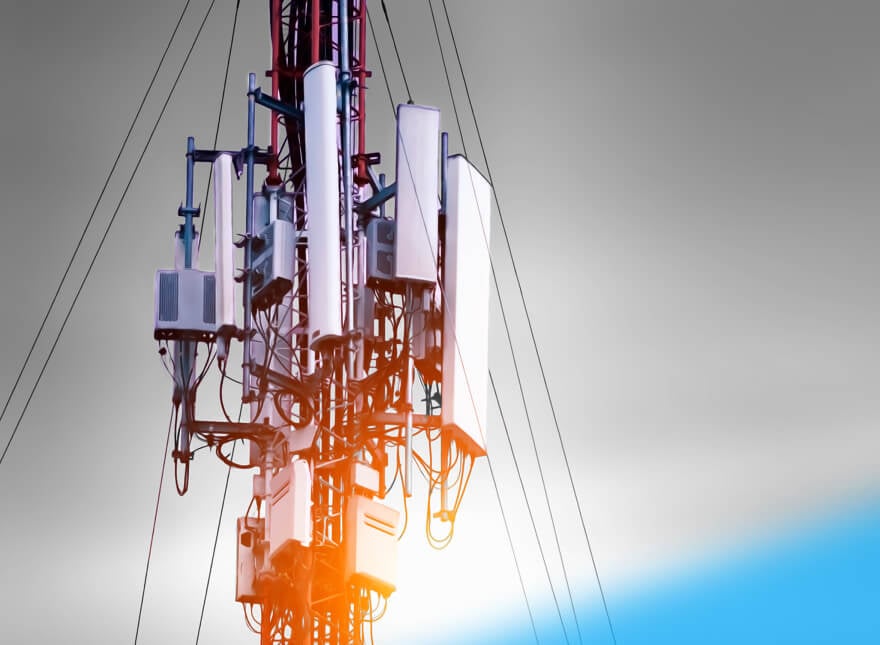Check out our latest blog article: From component to enterprise – modular robotics done right.
5G and Edge Computing in IoT Deployments: Where Does the Value Come From?

In 2025, there will be over 40 billion connected IoT devices that will generate about 80 zettabytes of data, according to a recent International Data Corporation report. That’s approximately 2 terabytes per each connected device. With so many wireless-enabled products and so much data hitting the network, there will be a growing need for joint computing power to instantly collect and process that data closer to end-users. That’s where 5G and edge computing should take the reins.
Enhancing Edge Computing with 5G: Together is Better
Edge computing as a distributed computing paradigm resolves the limitations of centralized systems. It allows for data to be processed and analyzed in servers closer to the applications they serve or in the devices themselves. Integration with 5G also helps deliver massive amounts of data faster, which makes it an ideal fit for edge computing networks.
Many innovative IoT solutions need increased connectivity on the network edge to transmit and process large amounts of information quickly. Take, for instance, autonomous vehicles. They should collect data from their own sensors and share that data with vehicles on the road around them. Edge computing can keep that data close, while 5G technology will be necessary to help it get where it needs to be as quickly as possible.
Gartner research shows that the proportion of enterprise-generated data processed outside centralized data centers or clouds will rise from 10% in 2018 to 75% by 2025. This increase showcases that the benefits of both technologies—edge computing and 5G—make them an extremely promising and powerful combination for businesses across all industries.
Highlighting the Benefits of 5G and Edge Computing for IoT
5G and edge computing in IoT have been inextricably linked since 2019. 5G increases speed by up to ten times that of 4G, while edge computing accelerates response time by bringing data processing closer to devices and users. When partnered, they help significantly improve the operation of IoT applications by delivering:
- Ultra-low latency. Combined with 5G, edge computing significantly reduces latency, enabling the delivery of mission-critical services that require Ultra-Reliable, Low Latency Communication (URLLC)
- Exponential bandwidth. 5G accelerates bandwidth, which means it can handle more connected devices that can respond in a matter of milliseconds
- High performance. Using 5G, it is possible to communicate with the edge quickly, and edge applications can respond rapidly to the ever-growing demand of consumers
- Data security. Edge computing brings cloud computing capabilities to remote locations and provides local processing and storage when security is essential
- Minimized network traffic. Edge computing aggregates and processes IoT data at the edge of the network, reducing network traffic and transmission costs
- Less power consumption. By removing computing requirements from the device and putting it at the edge, edge computing technology reduces energy consumption.
5G and edge computing complement each other so well, it's almost like they were designed to be used in tandem.
Exploring 5G and Edge Computing in IoT: Successful Use Cases
There are already many real-world 5G and edge computing applications. Their synergy can benefit many industries by reshaping value chains, enhancing revenue models, and optimizing operations. Let’s zoom in on the sectors where the 5G edge computing ecosystem has already showcased its potential.
Automotive
Autonomous cars are among the most sophisticated edge devices. They generate up to 5 TB of data an hour and have to process it instantly on board. Only some data is sent for further analysis and algorithm refinement to nearby servers.
Let’s look closer at the solutions that have become possible with edge and 5G technology.
Advanced Driver Assistance Systems (ADAS). With edge and 5G technologies, ADAS has found a new position in the market. By using built-in vehicle sensors with robust edge computing systems and 5G superspeed, more sensor data can be analyzed with fewer redundancies, and all of this can be done ten times faster than with 4G.
Netradyne, a Californian commercial vehicle technology provider, aims to reduce the number of road traffic accidents by deploying AI to the edge to create a safer driving experience. Their solution (called Driveri) is a fleet safety platform that captures and analyzes 100% of each car’s driving time.
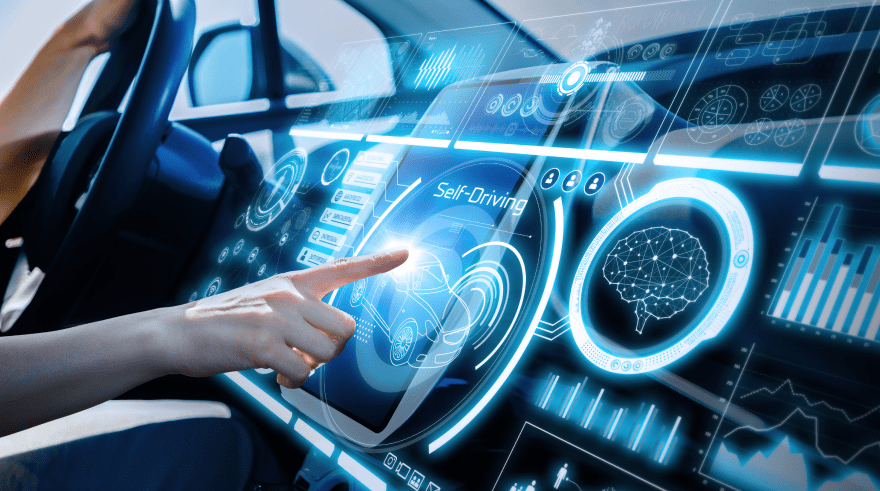
Rash Driving Detection. Having data from the vehicle’s accelerometer and gyrometer gathered and computed at high speed locally increases driving safety. The on-the-spot analysis allows the system to send the required alerts to maintain safe driving standards. Additionally, data is monitored at a high sampling rate to detect any sudden acceleration, instantaneous braking, car crashes, or need for airbags.
Vehicle Health Monitoring. On-board diagnostic tools, sensors, and interfaces help detect real-time problems and generate the corresponding alerts for drivers. Continuous monitoring becomes possible thanks to edge computing technology. The system can predict any risk or failure before actual damage.
Vehicle Data Privacy. In-car sensors produce vital data every second. If that data is breached or falsely transmitted, it could lead to accidents. To ensure data privacy, companies need a robust ecosystem of edge infrastructure and 5G high-speed connectivity.
Mercedes uses edge servers and 5G wireless communication to reduce latency and increase bandwidth for sensors with real-time authentication. This way, the company makes sure their cars don’t get hacked.
Intelligent Transportation
Intelligent transport systems (ITS) play a vital role in transforming cities into digital hubs. They help achieve traffic efficiency by minimizing traffic problems, improve mobility by equipping users with information about traffic, reduce the travel time of commuters, and enhance their safety and comfort.
The large volume of sensors along roadways, inside smart vehicles, and in parking systems produce enormous amounts of data. This requires the massive power of 5G and edge computing. Improved latency, higher network capacity, and elimination of low coverage mean faster, more accurate insights. That, in turn, brings better performance, smoother transit and traffic flow, and fewer accidents.
Healthcare
Healthcare generates reams of data, and 2020 has seen the industry make breakthrough progress in terms of digital transformation. The availability of critical real-time data analysis can quite literally mean the difference between life and death. But analyzing this data in the cloud or in central data centers poses several risks—including bandwidth congestion, speed of data transmission, network reliability, and latency—that could negatively affect health outcomes. To tackle these challenges, healthcare organizations are adopting 5G and edge computing.
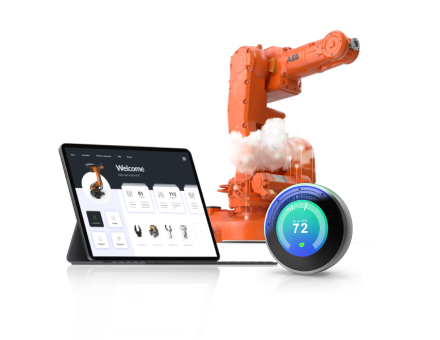
Telemedicine
IoT, 5G, and edge computing have made telehealth and remote patient monitoring more accessible than ever. Connected medical devices can collect real-time patient health parameters, including body temperature, heart rate, blood pressure, blood glucose, and electrocardiogram readouts. These devices generate sensitive data that require quick analysis and immediate decisions.
With 5G-based mobile edge computing, patient health-related data is analyzed quickly and accurately while maintaining data privacy. The network then records the patient’s health status, provides disease analysis for doctors and patients, and offers auxiliary ways for patient treatment.
Using that data, healthcare providers evaluate the patient’s condition and provide immediate feedback on a patient’s health.
Texas-based VitalTech is a rapidly growing market leader in virtual care, telehealth, and remote patient monitoring. In collaboration with AT&T, VitalTech has designed the VitalCare platform. The platform is an end-to-end, ready-to-use solution for telehealth, remote patient monitoring, activity tracking, personal emergency response system (PERS), and fall detection. Equipped with 5G and edge computing power, VitalCare generates, transmits, and analyzes data in real-time. With this support, doctors are able to rapidly make informed decisions and deliver improved quality of care and health status to patients.
Connected Ambulance
Connected ambulances could help emergency services improve patient outcomes. A connected ambulance collects and transfers information on the patient through wearables, sensors, or streaming of HD video/body cameras and sends it back to the hospital while the patient is being transported. This helps hospital physicians get lifesaving information and better understand a patient and prepare for treatment before they arrive.
The low latency, high bandwidth, high reliability, security, mobility, and data processing capabilities of edge computing and 5G enable faster and more accurate evaluation and treatment by paramedics onsite. This powerful duo also helps provide precise information to the hospital about the status and location of incoming patients.
Diagnostics
Reliable and secure networks with plenty of bandwidth are critical for quick diagnostics—from imaging and radiology to data analysis and patient information. With high-speed services, images and patient files can be stored on edge networks, which have plenty of bandwidth, greater data transmission speed, and lower latency—all without lags in file uploads.

Enlitic, a leading developer of AI software for quick and accurate diagnostics, is bringing the power of AI, 5G, and edge computing to their tools. This mix of technologies can analyze and interpret imagery and scans much more quickly than conventional means. It also provides findings and data in real time so that professionals can make accurate treatment decisions right away.
Industrial Manufacturing
5G and edge computing in industrial manufacturing offer opportunities beyond factory automation. Manufacturing enterprises see their value in predicting equipment failures more accurately, improving manufacturing efficiency and safety, minimizing downtime, reducing costs, decreasing maintenance needs, and delivering higher-quality products.
Predictive Maintenance
Edge computing technology can be used for remote pumping, distribution site inspection, and data processing connected through 5G networks to the primary automation system. This helps monitor and identify potential breakdowns and discrepancies in data in real time. With 5G’s high speed, automation control systems can immediately respond in case of emergencies.
Oil and gas companies use 5G and edge computing power for maintenance and repair activities. This includes AR/VR apps for guiding technicians through repair and drones for visual inspections of machinery, bridges, or pump stations. In all of these cases, using advanced analytics helps identify potential defects or items in need of maintenance.
Smart Factories
In smart factories, connected devices sense their environments and interoperate with each other with the help of next-gen 5G and edge computing networks, which allows decentralized decision-making.
5G-enabled sensors accelerate automated processes and allow machines to update themselves and initiate new processes. These sensors assess the quality of manufactured products in real time, reducing re-working needs.
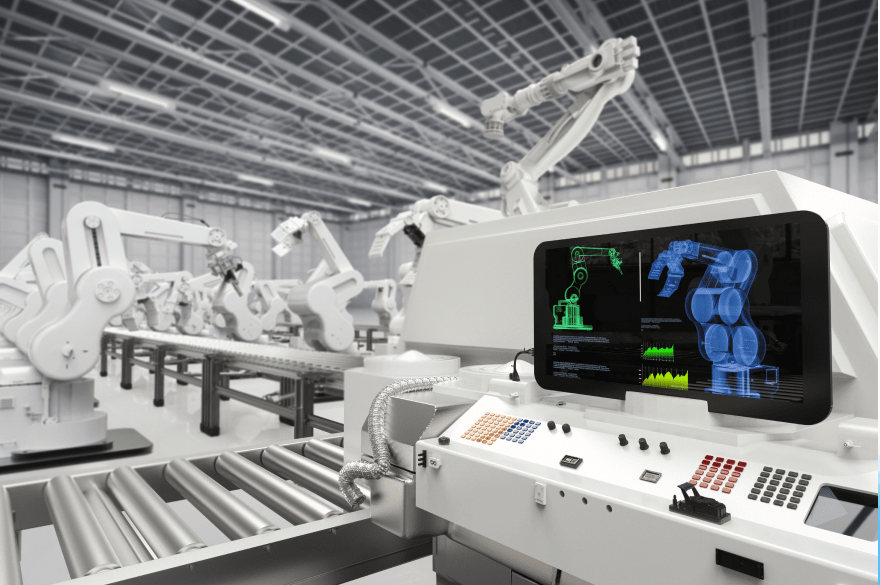
The Ericsson company uses 5G networks and edge technologies to introduce a new generation of smart manufacturing. Three Ericsson factories in Sweden, Estonia, and China leverage these technologies to facilitate simultaneous product customization and maximum production output. Their smart factories are equipped with a network of connected machines that allow manufacturers to collect, analyze, and distribute data in real time.
Mapping the Business Value of 5G and Edge Computing
The combination of 5G and edge computing, with its improved bandwidth and latency, has brought ‘everywhere, anytime’ communications from a theoretical concept to a lived reality. By utilizing 5G and edge computing for their IoT deployments, companies can:
- act on data insights in near real time and eliminate intolerable application delays
- receive real-time information about production and tweak settings to optimize efficiency
- grow and test new markets by expanding computational abilities at the edge or in the 5G-connected cloud
- deliver seamless customer experiences and unlock entirely new services for their industry
- optimize business performance, improve operational efficiency, and increase incomes
In addition to optimization, this digital combo opens the door for even more innovative solutions to hit the market.
More articles on the topic
